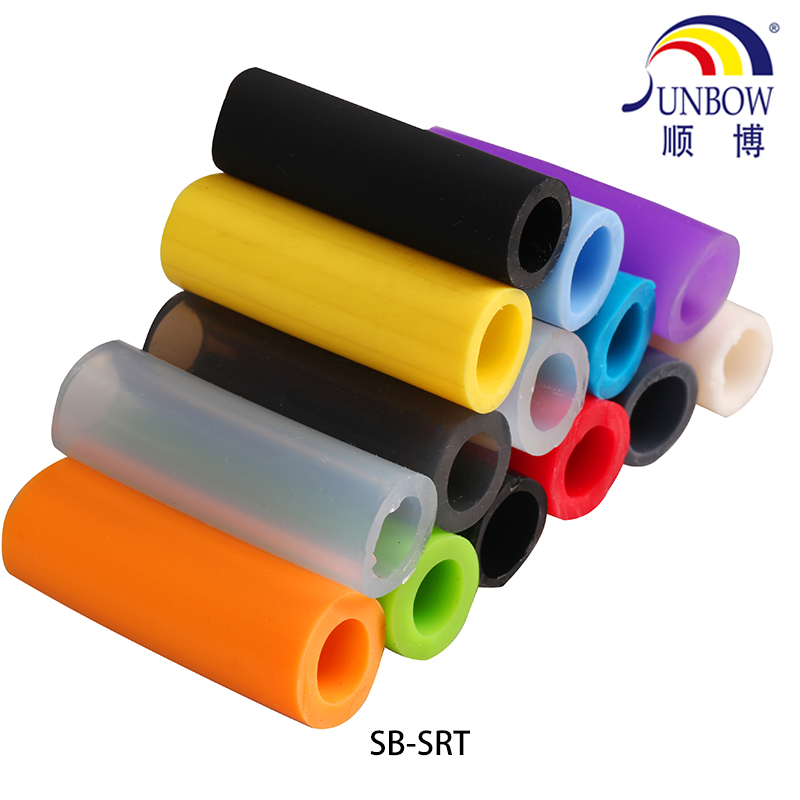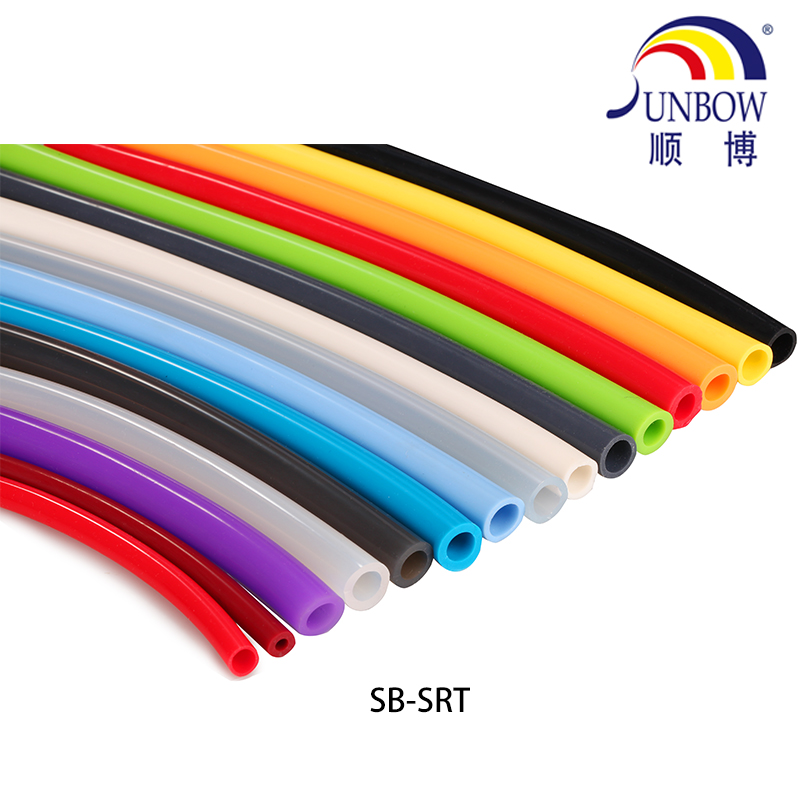
Silicone rubber tubes are widely used in various industries due to their excellent properties such as high temperature resistance, chemical resistance, and flexibility. The manufacturing process of silicone rubber tubes involves several steps, including mixing, extrusion, curing, and finishing. In this article, we will discuss each step in detail.
Step 1: Mixing
The first step in the manufacturing process of silicone rubber tubes is mixing. In this step, the raw materials are mixed together to form a homogeneous mixture. The raw materials used in the production of silicone rubber tubes include silicone rubber, fillers, curing agents, and additives.
Silicone rubber is the main ingredient in the mixture, and it is responsible for the flexibility and high-temperature resistance of the final product. Fillers are added to improve the mechanical properties of the silicone rubber, such as tensile strength and tear resistance. Curing agents are added to initiate the cross-linking reaction that transforms the liquid silicone rubber into a solid material. Additives are added to improve the processing properties of the mixture, such as flowability and mold release.
The mixing process is usually done in a mixer, which can be a two-roll mill or an internal mixer. The raw materials are added to the mixer in a specific order, and the mixing time and temperature are controlled to ensure a uniform mixture.
Step 2: Extrusion
The second step in the manufacturing process of silicone rubber tubes is extrusion. In this step, the mixed silicone rubber is fed into an extruder, which is a machine that shapes the rubber into a continuous tube. The extruder consists of a barrel, a screw, and a die.
The mixed silicone rubber is fed into the barrel, where it is heated and melted by the screw. The screw rotates and pushes the molten rubber through the die, which shapes the rubber into a tube. The size and shape of the die determine the diameter and thickness of the tube.
The extrusion process can be done in different ways, such as hot extrusion and cold extrusion. Hot extrusion involves heating the rubber before extrusion, while cold extrusion involves extruding the rubber at room temperature. The choice of extrusion method depends on the properties of the silicone rubber and the desired properties of the final product.
Step 3: Curing
The third step in the manufacturing process of silicone rubber tubes is curing. In this step, the extruded silicone rubber tube is cured to transform it from a liquid to a solid material. The curing process involves cross-linking the polymer chains of the silicone rubber, which creates a three-dimensional network that gives the material its properties.
The curing process can be done in different ways, such as heat curing and room temperature curing. Heat curing involves exposing the silicone rubber tube to a high temperature for a specific time, while room temperature curing involves letting the silicone rubber tube cure at room temperature for a longer time.
The choice of curing method depends on the properties of the silicone rubber and the desired properties of the final product. Heat curing is faster and more efficient, but it can affect the properties of the silicone rubber, such as its flexibility and color. Room temperature curing is slower but can preserve the properties of the silicone rubber better.
Step 4: Finishing
The fourth and final step in the manufacturing process of silicone rubber tubes is finishing. In this step, the cured silicone rubber tube is inspected, tested, and finished to meet the desired specifications. The finishing process involves cutting, trimming, and testing the tube.
The cutting process involves cutting the tube to the desired length, while the trimming process involves removing any excess material or imperfections from the tube. The testing process involves checking the properties of the tube, such as its diameter, thickness, and hardness, to ensure that it meets the desired specifications.
The finishing process can also involve adding additional features to the tube, such as printing, marking, or packaging. These features can help identify the tube and provide additional information about its properties and intended use.
Conclusion
The manufacturing process of silicone rubber tubes involves several steps, including mixing, extrusion, curing, and finishing. Each step is critical to the quality and properties of the final product. The choice of raw materials, processing conditions, and finishing methods can affect the properties of the silicone rubber tube, such as its flexibility, temperature resistance, and chemical resistance. By understanding the manufacturing process of silicone rubber tubes, manufacturers can produce high-quality products that meet the needs of various industries.






